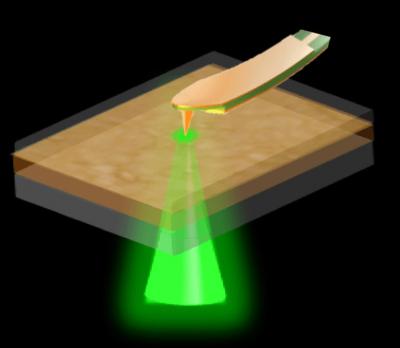NREL team uses chemical layers to boost perovskite solar cell stability
Researchers at the U.S. Department of Energy's National Renewable Energy Laboratory (NREL) have reported the development of an environmentally-stable perovskite solar cell that reportedly maintained 94% of its starting efficiency after 1,000 hours of continuous use under ambient conditions.

'During testing, we intentionally stress the cells somewhat harder than real-world applications in an effort to speed up the aging,' says an involved researcher at NREL. 'A solar cell in the field only operates when the sun is out, typically. In this case, even after 1,000 straight hours of testing the cell was able to generate power the whole time.'









